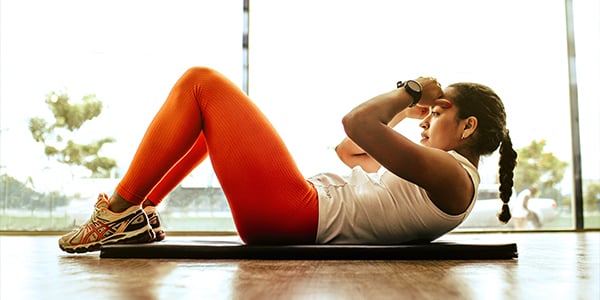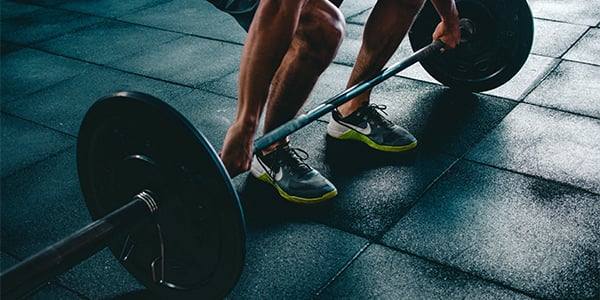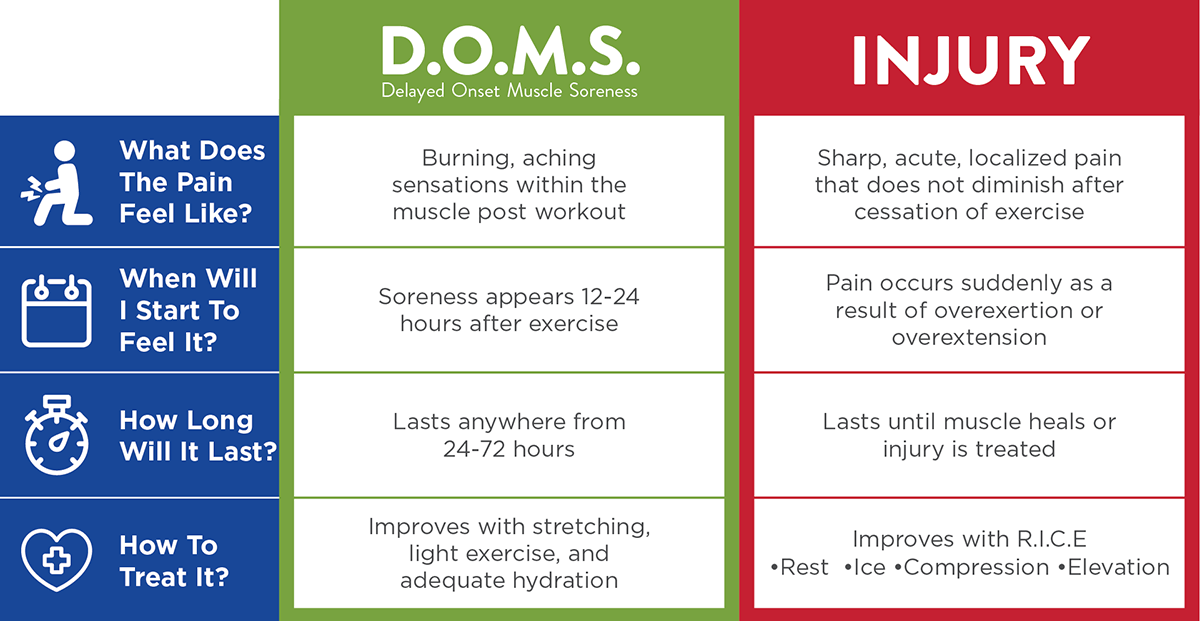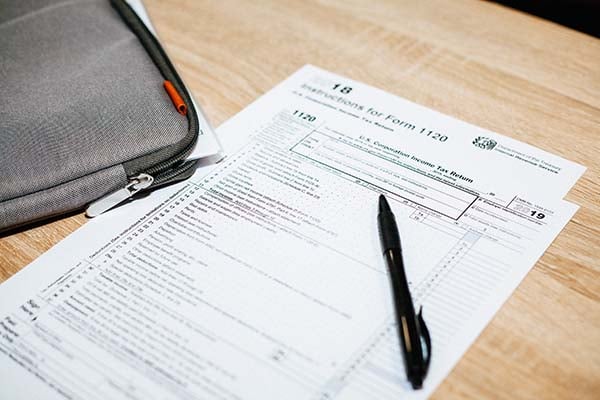Revised May 2024
By Jesse Wirges
Learn the difference between muscle soreness and injury pain during workouts. Understand whether your experience of pain is leading to tissue damage.
No pain, no gain … right?! Well, not necessarily. When it comes to exercise and fitness, there seems to be a misconception that leaving the gym in agony means you’ve had a good workout.
But that's far from the truth.
As believers, we want to make sure we are taking care of the bodies God gave us. Exercise is an important part of that, but we also don’t want to overdo it. Just like avoiding physical activity can be detrimental to our health, so can pushing our bodies beyond their limits. To honor and treat our bodies with gratitude, we must be mindful about how we exercise.
Our bodies are also connected to our inner life - our thoughts, feelings, emotions and spirituality. When we make sure we are treating our body well, we are more able to regulate our emotions, be present in our day-to-day lives and connect with ourselves and others. This allows us to more fully engage in our relationship with God. You may even find that you connect with God through your body. We just need to make sure that when we move our bodies, we’re doing it safely, so we can continue doing it for years to come.
Before getting into how you should feel after a workout, the idea of “pain” after exercise needs to be defined. Understanding how your nervous system senses pain, and recognizes the difference between a dull ache and a sharp pain, can help guide you in your fitness journey, making sure you strike a healthy balance between pushing yourself too hard and staying safe.
Navigating Muscle Soreness and Growth
Good pain increases gains. It's the slight discomfort that signals effective stress on muscles, not injury. When you feel a burning sensation during a strength-training exercise, it's due to micro-tears and lactic acid release in the muscles. This burn then gradually decreases once the activity is stopped.
This is a good thing! It’s the body's way of strengthening and preparing for future challenges, and means the muscle is being properly challenged.
So, this type of pain during activity shouldn’t be avoided. Instead, use this pain-related sensation to help you gauge your workout intensity.
In the form of cardio, this “good pain” can feel like burning lungs, fatigued muscles, and increased body temperature, which indicates that you are placing enough of a stress on your cardiovascular system to encourage your body to adapt and recover.
However, this discomfort is only temporary and usually fades away after the activity is completed. While it might not feel great at the time, this discomfort can actually lead to some great results like better cardiovascular endurance, decreased risk of disease, and improved fitness!

Sharp Pain May Be an Injury Indicator
While a slight discomfort that naturally results from exercise means your body is getting stronger, sharp pain is a red flag that indicates something is wrong.
This type of pain is usually acute, sharp, localized, and occurs suddenly―not gradually dissipating once stopping the activity. It can also feel like a pulling sensation indicating the muscle is being stretched beyond its current ability and potentially creating tissue damage. Pushing through this type of pain can lead to a more severe injury and require even more time to fully repair, thus setting you back from your goals for days, weeks, or even months.
Listen to your body’s alarm system and seek out pain relief postures, before you do serious damage to yourself.
Using Pain Management Techniques and Professional Guidance
Understanding the difference between normal, healthy discomfort and pain that signals damage is important in deciding how to best manage pain.
Beyond reading clinical trials in the journal of pain or PubMed, you may need to consult a healthcare professional, so they can offer personalized interventions if you are currently experiencing a pain-related event.
Consider options like physical therapy sessions with a skilled physical therapist to restore (or improve) range of motion, alleviate muscle soreness, promote healing, and prevent chronic pain. They can also help you address any low back pain and improve your overall well-being.
Distinguishing Between Good and Bad Pain
So, how do you tell the difference between the two kinds of pain? Your experience of pain during and after exercise depends on many factors, including your workout history, age, and ability to recover.
For Beginners: If you’re new to an exercise, focus on gradual progress. Pay attention to proper form and the feeling of your muscles working. You don't necessarily need to feel pain to gain benefits; your body is still getting used to the new activity.
Experienced Exercisers: If you’re familiar with a particular exercise, you can increase intensity through “progressive overload.” You may feel some soreness a day or two post-workout, a sign of muscles adapting to the work. But you want to make sure you’re not breaking down your muscles or putting yourself out of commission for several days.
And if at any time you have severe or persistent pain, it’s always a good idea to get a professional opinion.

Understanding Delayed Onset Muscle Soreness (DOMS)
DOMS describes typical post-workout muscle soreness, peaking 12-24 hours after exercise. It's a natural response to the micro-tears from a challenging workout, and it should only last for a few days. But if soreness persists, or you have swelling, decreased range of motion, or tenderness to touch, you may have caused too many micro-tears. This could indicate excessive strain, and shows the importance of monitoring your personal experience of pain and range of motion to maintain quality of life. DOMS can be reduced with stretching, light exercise, making sure you’re well hydrated, and eating a nutritious diet.

Evaluating Pain Through Self-Reported Metrics
Use self-reported questionnaires to help yourself keep track of your pain levels related to specific activities, and to make note of how effective any pain management strategies you’ve tried were. You may even want to keep track of it in a notebook.
Social Media and Pain Perception
Be aware of social media’s tendency to show extreme workout programs. This can skew perceptions of normal workout discomfort. It's important to know the difference between content produced to go viral and realistic, health-focused, safe physical activity guidelines.
Listen to Your Body
Understanding the nuances of workout-related discomfort is key to a balanced and healthy fitness routine.
If you think something is too much, stop.
By recognizing the difference between the beneficial discomfort of muscle growth and the warning signs of injury, you can choose challenging workouts for long-term health and performance that you can stick to.
If you're interested in an alternative to health insurance that values bodily stewardship, click here to discover how Medi-Share can help.







